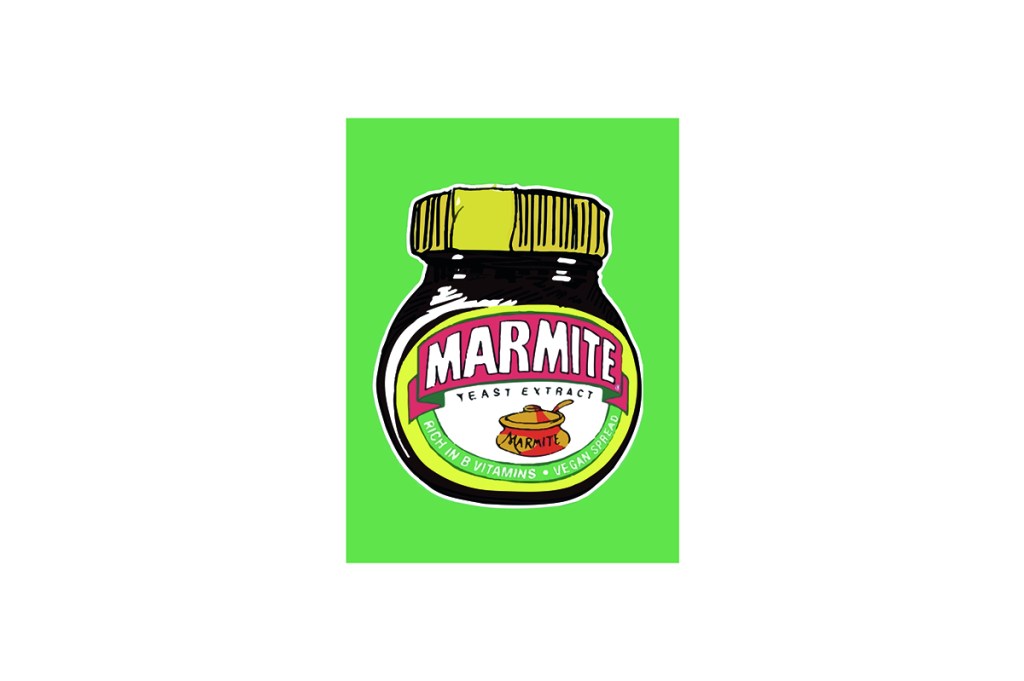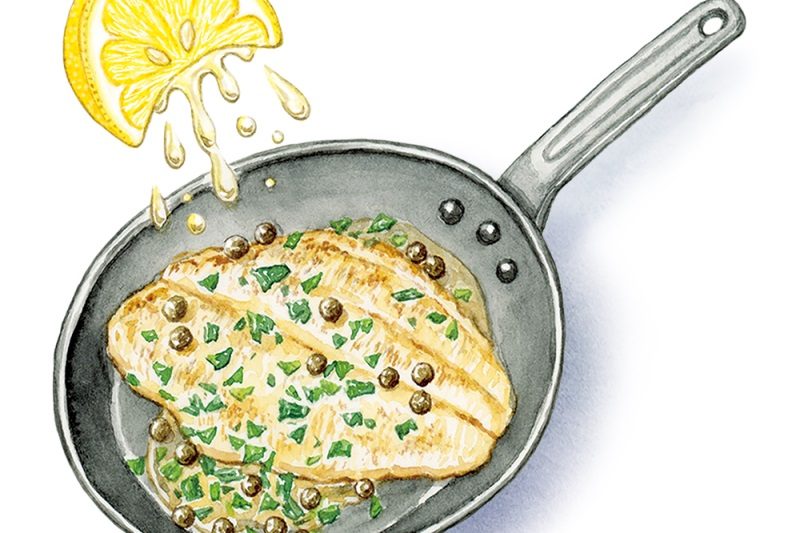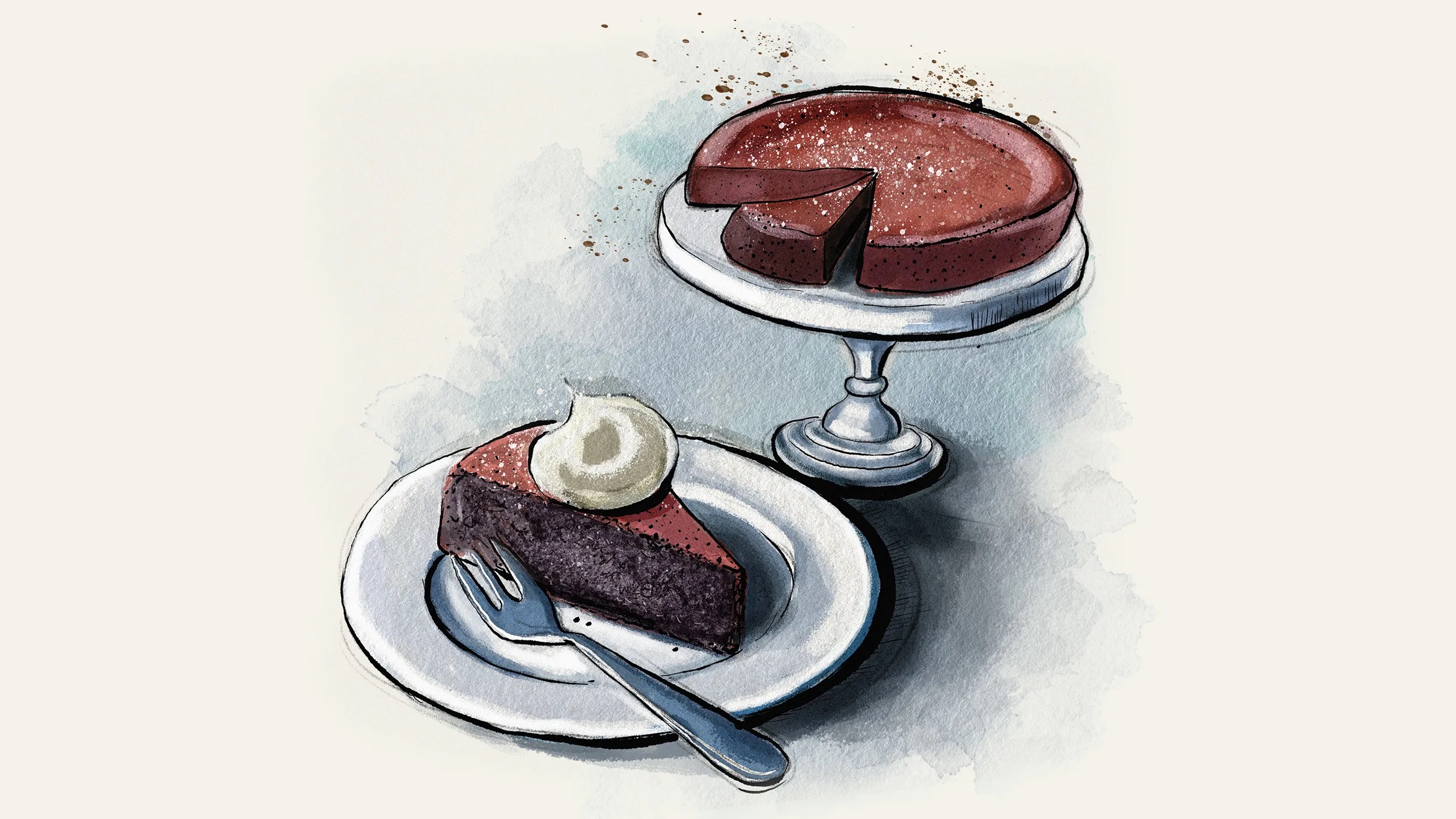Marmite is one of very few manufactured foods to have become an idiom. British people think of the black stuff as a national idiosyncrasy, entirely unknown to horrified foreigners: there are many videos on YouTube in which outsiders have Marmite inflicted on them for the first time. In fact, there are a large number of pastes based on yeast extract in different countries, each with its passionate devotees.
British Marmite may have been the first to go into production, but it did not stay unique for long. A German chemist, Justus von Liebig, influential in the propagation of meat essences, discovered that yeast could be concentrated. After Liebig’s death in 1873, researchers worked on ways to concentrate the previously useless by-product of brewers’ yeast into an edible paste, which might be sold and eaten. In 1902, the Marmite Food Extract Company was formed in Burton-on-Trent, England, taking its basic-material from Bass Brewery. The name of the product is a stroke of genius, suggesting the French military cooking pot rather than the real-life chemical processes as the source of the yeast paste. Such an ingenious exploitation of large quantities of waste product was obviously tempting, and, astonishingly, some people rather liked the stuff.
I’m one of those people. To me, Marmite’s intensely comforting on toast; undeniably intensely delicious with a salt kick nothing else, not even anchovies, quite manages. On a cold day in winter, there is nothing as cozy as buttered toast with a thick smear of Marmite and a cup of tea in front of afternoon TV. It’s supposedly good for you, being absolutely full of Vitamin B. In theory, it’s also possible to overdose on Vitamin B. I don’t know whether it’s at all likely, but in fairness, I should report that once or twice, having gone well beyond the recommended scrape, I’ve felt a little bit odd afterwards.
The Marmite lover’s world opens up joyously once he discovers that Marmite is not unique as a yeast-extract paste. Switzerland, where we live part of the time, has some odd local products, including Rivella, an old-fashioned fizzy drink made from milk whey, which is creamy and astringent at the same time. Switzerland’s favored yeast extract is Cenovis, a high-minded compound of the Latin for “meal” and “force.” It’s been going strong since the 1930s, when many Swiss were too poor to afford meat to put in the pot. In my view it’s the most uncompromising of all yeast pastes, with the shortest list of ingredients — brewers’ yeast, water, vegetable extract, salt and added Vitamin B1. It takes no prisoners; it is a pure kick of salt. Denigrators might call it harsh or, mostly suitable for bathroom grouting purposes. I love it.
The best known of the Marmite rivals is the Australian Vegemite. Its main variation on the original is in including malt extract, though this is the point, too, when flavor enhanc- ers start to creep in. Vegemite has passionate devotees, and its fudgy solid texture has the air of unbending moral uprightness, but for me there is a curious prominence of celery in it. The name is annoying, suggesting someone was ignorantly thinking of “The Might of Vegetables.”
Still, it’s not as annoyingly named as its principal Australian rival, Promite, which doesn’t seem to mean anything at all. Promite is a new one on me, and though it’s in the same taste area, it gets there by different means. It’s mostly a vegetable extract, with yeast extract a secondary contribution, but, most interestingly, it also introduces sugar and glucose syrup as well as unexpected additions like cornflour, coloring, emulsifiers and thickeners. Never mind: I think it’s delicious. The addition of sugar gives it a very ingratiating, rounded taste, salty but not aggressive. A useful gateway drug, perhaps.
Promite is made by the American company Mars, and Marmite is made by a faintly baffled Unilever, which is always trying to do “interesting” things with it, like “improve” the texture or print cute variations on the label, or add chili or Guinness to it (not bad) or Champagne, chocolate or peanut butter (abominations). Otherwise, it is impossible to know what to say about it. It is just Marmite and that is what it is supposed to taste like. Anyway, I’ve been eating it on toast since 1967, so you might as well ask me what tap water is like.
There are others, too, which proved beyond the powers of the Internet to summon; the Brazilian Cenovit and a German health-food paste called Vitam-R. At a certain point in my investigations, I called in the help of my husband, who grew up in India and was only exposed to Marmite at the age of thirty-two. His reactions went like this: Promite: “That’s just awful. How… how can you possibly?” Vegemite produced inarticulate puking noises, followed within two seconds by spitting it out and running for the kitchen tap. As they admit, they don’t aim to please everybody.
This article was originally published in The Spectator’s February 2022 World edition.

























